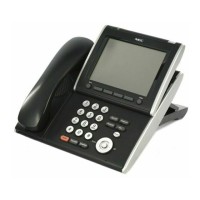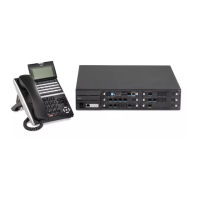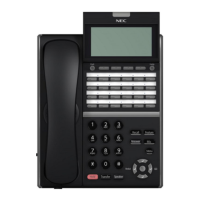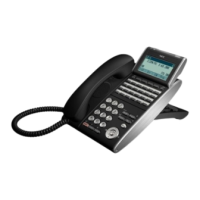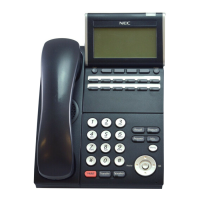System Maintenance Manual
If unable to ping a device, it may mean that either the source or destination device:
O is not configured correctly
O is not connected to the LAN (e.g., cable disconnected)
O has a developed a fault
O or any device in between the source or destination may be faulty (e.g., routers)
Pinging from a PC
The command syntax for ping is:
ping [-t] [-n count] [-l size] target
-t (optional) continually sends PING requests until Ctrl-C is
pressed to cancel -n (optional) sends a
specified number of PING
requests -l (optional) sends packets of a specified size (bytes)
target the
destination IP address or host name
Note that there are other options available with the Microsoft Windows®
implementation of ping. The most
commonly used options are listed above.
Examples:
O ping 192.168.2.100 -t Continually pings 192.168.2.100 until Ctrl-C pressed
O 192.168.2.100 -n 10 -l 40 Sends ten 40-byte packets to 192.168.2.100
O ping 192.168.2.100 Sends four 32-byte packets (default) to192.168.2.100
Pinging from an UNIVERGE SV9100 IP Phone
The System IP Phone has a version of ping within the Maintenance Menu.
Hold down help button for 3 sec
Press 3 (Ping)
Enter address
Press OK
The following options are available:
Echo request start: Starts the ping process using the settings in options
2 and 3 below.
Destination address: The target destination IP Address
A successful ping results in: 1.OK 2.OK 3.OK 4.OK Complete
A unsuccessful ping results in: 1.NG 2.NG 3.NG 4.NG Complete
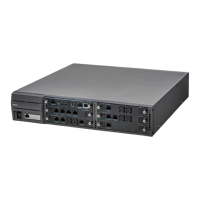
